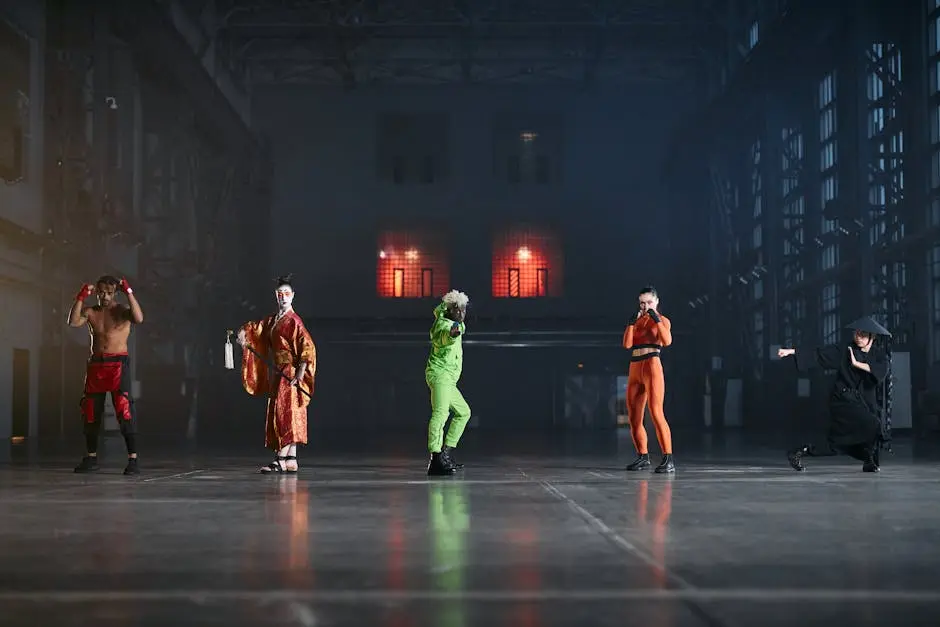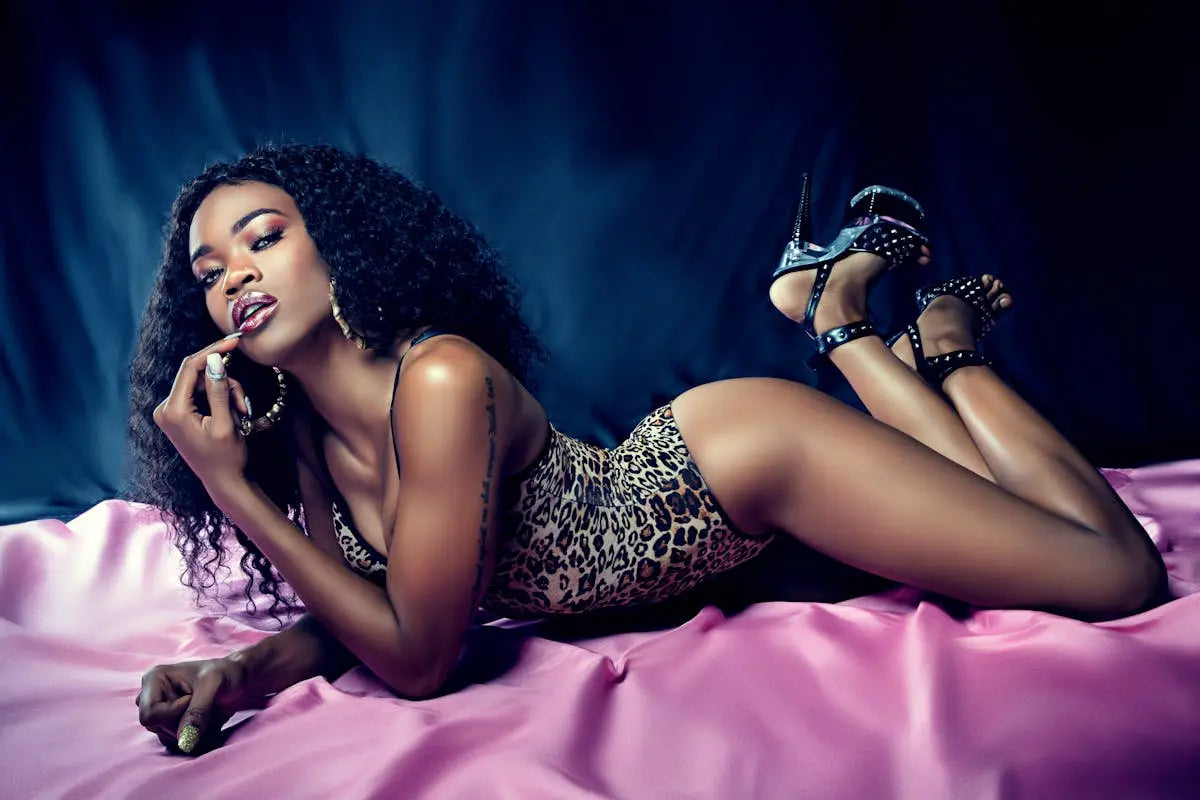What Materials Are Used in Cartoon Costumes?
Cartoon costumes bring beloved animated characters to life, and the magic often lies in the materials used. In this blog, we’ll explore the diverse range of materials that make cartoon costumes vibrant, flexible, and fun. Whether you’re curious about creating your own costume or just fascinated by the process, this guide will help you understand the key materials involved.
Fabric: The Foundation of Cartoon Costumes
The journey of a cartoon costume begins with the right fabric. Cotton, polyester, and spandex are among the most common choices. Each fabric type is selected for specific reasons. Cotton, for instance, is breathable and easy to work with, making it a favorite for creating comfortable base layers in costumes. Polyester, known for its strength and resistance to shrinking, is ideal for costumes that need to withstand wear and tear.
Another key player in the world of costume making is spandex. Loved for its elasticity, spandex is perfect for body-hugging costumes that require flexibility and stretch. This fabric allows for almost unrestricted movement, which is essential when portraying dynamic animated characters. Explore Musotica’s collection of versatile fabrics to inspire your next costume design.
Foam: Adding Dimension and Form
One of the most fascinating aspects of cartoon costumes is their ability to transform flat fabric into three-dimensional character components. This transformation is often achieved with the use of EVA foam. Known for its lightweight and moldable properties, EVA foam is a popular choice for creating large, sculpted features like oversized cartoon heads or wings.
Foam also plays a crucial role in adding padding and texture to costumes. For instance, EVA foam can be layered for added thickness or carved into intricate shapes to mimic the distinctive features of beloved animated characters. The versatility of foam makes it a favorite among cosplayers looking to replicate larger-than-life characters with precision and creativity.
Faux Fur: Bringing Characters to Life
Faux fur introduces a delightful texture to cartoon costumes, especially when depicting animal characters. This material mimics the look and feel of real fur without ethical concerns. It’s available in a variety of colors and textures, allowing for endless possibilities in costume design.
Faux fur can be a game-changer when it comes to creating an authentic look. It adds a layer of realism, helping to convey the warmth and cuddliness of characters like cartoon bears and other furry creatures. Designers often use faux fur in strategic areas such as collars, cuffs, or tails to enhance the character’s aesthetic appeal.
Paints and Dyes: Adding Color and Detail
No cartoon costume is complete without its vibrant and detailed color palette. Fabric paints and dyes provide the essential hues that bring costumes to life. These materials allow for detailed artwork, from simple block colors to intricate designs, on various fabric surfaces.
Paints and dyes can also enhance the character’s personality. By adding shadows, highlights, and other painted effects, designers can give costumes a unique flair and ensure they capture the essence of the character they are recreating. This meticulous attention to detail is what often sets great costumes apart, showcasing the creativity and skill involved in their creation.
Accessories and Embellishments
Accessories and embellishments are the final touches that complete a costume. Items such as buttons, zippers, sequins, and even LED lights can be incorporated to add authenticity and charm. These elements are not merely decorative; they are thoughtfully chosen to complement the character’s features and add functionality to the costume.
For instance, glittery sequins might be used to capture a character’s flashy personality, while LED lights can illuminate props like wands or swords, adding a magical element to the outfit. The creative use of embellishments is a powerful way to enhance the storytelling aspect of a costume, making it both visually stunning and engaging.
Conclusion: Materializing Imagination
From the flexible foam to the vibrant fabric paints, the materials used in cartoon costumes are crucial in transforming imagination into reality. Each material is chosen for its unique properties, ensuring that the costume is not only visually appealing but also comfortable and durable. Understanding these materials can provide a deeper appreciation for the art of costume creation. For a glimpse of these transformative materials, visit Musotica.com and explore their offerings.





Comentarios